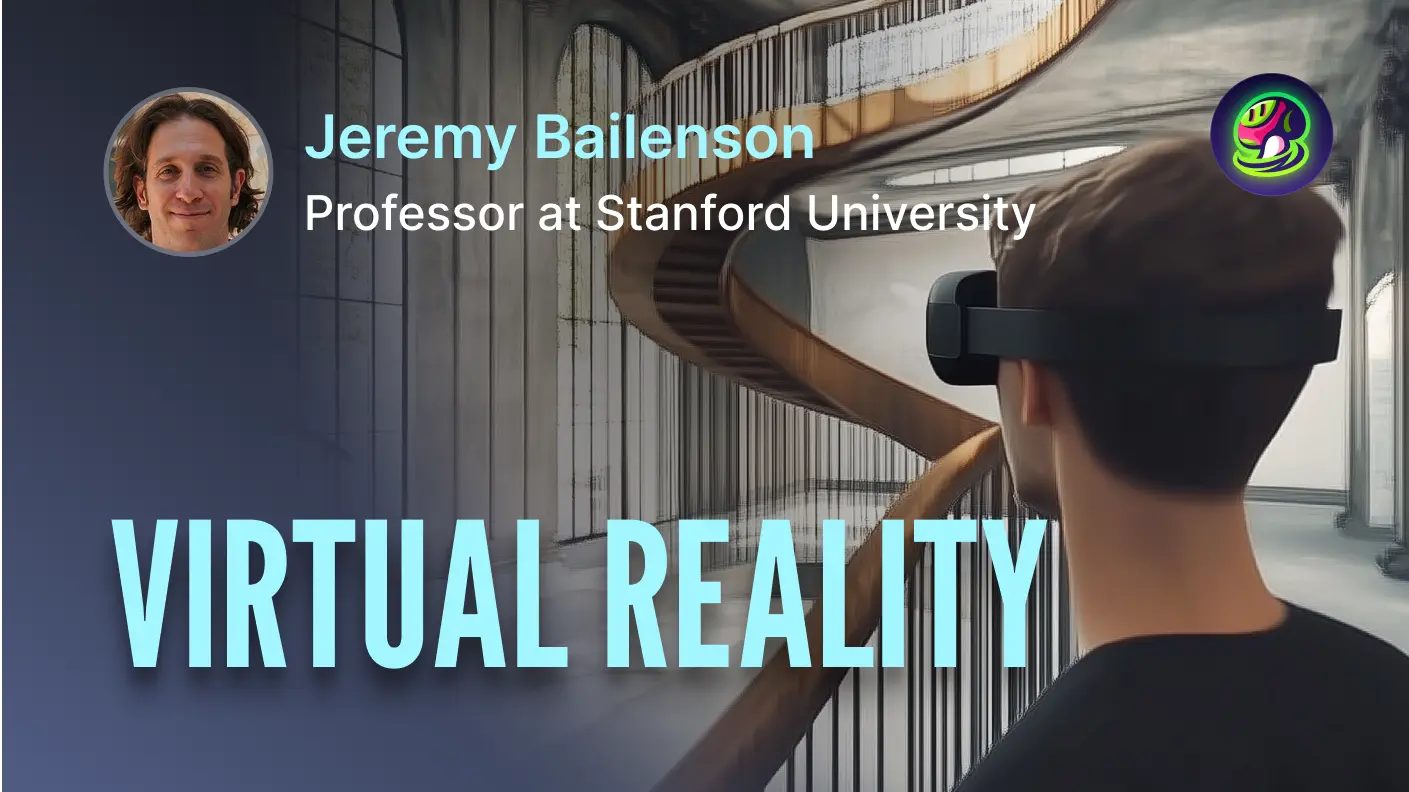Industry: Glasses-free 3D
Use Case: AI-powered 3D content production
Challenge: Slow manual workflows limited scalable 3D content delivery
Solution: Meshy BaseMesh AI automation
Results:
- Production time reduced from 7 days → 2 hours
- Scalable pipeline for exhibitions, ads, and retail
- 10× increase in content delivery efficiency
Jupiter, a pioneer in glasses-free 3D display technology, develops advanced optical hardware and software that bring immersive, glasses-free 3D experiences to commercial and cultural spaces. To meet growing market demand, Jupiter needed to produce high-quality 3D content faster and at scale, a major bottleneck in the industry.
By integrating Meshy’s AI 3D generation tools, Jupiter transformed its content pipeline from manual modeling to intelligent automation. A process that once required 7 days of modeling and refinement now takes only 2 hours with Meshy’s BaseMesh generation. Complex 3D assets that previously consumed days of human effort are now completed within hours, enabling Jupiter to deliver customized glasses-free 3D experiences more efficiently than ever before.
With Meshy, Jupiter didn’t just enhance production speed, it unlocked the potential to scale 3D content creation across exhibitions, advertising, and retail, turning the once slow “sci-fi dream” of glasses-free 3D into a truly accessible reality.
Why Great Hardware Wasn’t Enough
While Jupiter’s glasses-free 3D hardware shines, it long struggled with a “content bottleneck.” The team faced three persistent problems:
Slow production
Creating a basic 3D model took a full week (from modeling to refinement). For animated models requiring rigging, additional manpower was needed—making it impossible to meet clients’ demands for “fast scene customization.”
High costs
Slow production and labor-intensive work drove up 3D content prices. Many clients bought Jupiter’s glasses-free 3D screens but couldn’t afford high-quality 3D content, so they had to use ordinary 2D footage—wasting the hardware’s potential.
Hard to iterate
Client needs changed constantly (e.g., “add a decoration” or “adjust the perspective”), but traditional workflows required re-modeling for every change. This delayed project deliveries and frustrated both the team and clients.
How Meshy Accelerated Jupiter’s 3D Workflow
With Meshy’s arrival, Jupiter’s glasses-free 3D content production has transformed from "slow and meticulous craftsmanship" to "fast, accurate, high-quality, and cost-effective"—every set of data reflects a remarkable leap in efficiency:
Basic 3D Models: 2 Hours Instead of 1 Week
A basic 3D model that once required 7 days (168 hours) of refinement now only takes 2 hours for Meshy to generate the BaseMesh. Only simple manual touch-ups are needed afterward, cutting the time by a staggering 98%.
Complex Models: Efficiency Surpasses 120%
For highly detailed and precise complex models (such as monster designs), Meshy reduces the modeling cycle to less than one-third of the original time—a task that once took 3 days can now be completed in less than a day.
Client Communication: 4 Hours Instead of 2 Days
The production of initial renderings is reduced from 48 hours to just 4 hours. Clients can confirm the visual direction the same day, eliminating the need to wait for "next-day responses" and speeding up project progress by 8 times.
Ecosystem Win-Win: New Opportunities with 5 Million Users
Leveraging the traffic of 5 million 3D enthusiasts on the Meshy platform, Jupiter has found a targeted audience for its glasses-free 3D hardware. In return, Jupiter’s hardware (e.g., home decor pieces and commercial large screens) helps Meshy unlock more "implementation scenarios" for its 3D content.
How Jupiter Built Its AI-Driven 3D Workflow
Discovery: From Chance Encounter to Instant Collaboration
At Gamescom in Cologne, Germany, Jupiter’s team stumbled upon Meshy’s demo— a 3D model that would have taken half a day to create was turned into a basic framework in minutes just by inputting a text description. This immediately sparked their interest in collaboration. Later, they made a special trip to visit Meshy’s team and, after watching the live demonstration by the 3D product lead, made the decision on the spot: "We’ll use it."
Implementation: A Streamlined, AI-Enhanced Pipeline
Jupiter’s streamlined workflow with Meshy is designed for speed and precision:
1. Visual Direction Lock-In
Use Meshy’s text-to-image to generate 3–5 style frames. Clients pick a direction, and feedback loops that once took days now close in hours.
2. 3D Asset Production
- For 2D-to-3D conversion: Upload client-provided IP designs to Meshy, generate a BaseMesh, and perform minor manual fixes.
- For original concepts: Input text prompts (e.g., “a mechanical butterfly with iridescent wings”) into Meshy to generate a 3D model.
3. Engine Integration & Device Deployment
Download Meshy’s 3D assets into Jupiter’s rendering engine, output interlaced images, and import them into glasses-free 3D hardware.
What Projects Did Meshy Help Jupiter Bring to Life?
Meshy’s capabilities have been tested and proven in Jupiter’s projects, delighting clients every time:
Case 1 — 1,000 Glasses-Free 3D Frames in 2 Weeks
A client ordered 1,000 custom glasses-free 3D film frames. Under the old workflow, modeling alone would have taken 2 months. This time:
- Jupiter first used Meshy to generate 10 versions of renderings; the client chose a style in 1 day.
- Next, Jupiter uploaded the client’s 2D IP designs to Meshy, which generated 3D models in 2 hours each (with only minor fixes needed).
The entire project was delivered in 2 weeks. The client exclaimed, “I didn’t expect it to be this fast—and the quality is amazing!”
![]()
Case 2 — Suzhou Museum: Bringing Monet’s Garden to Life
For Suzhou Museum’s immersive exhibition, Jupiter used Meshy to create 3D models of Monet’s garden.
Paired with its glasses-free 3D screen, the effect made flowers seem to float out of the frame. The museum praised the result: “Visitors linger around the screen, reaching out to ‘catch’ the flowers. This immersive experience is something 2D displays could never achieve.”
![]()
Beyond Speed: What Long-Term Value Has Meshy Created for Jupiter?
Jupiter’s collaboration with Meshy is about far more than “improved efficiency”, it’s a synergistic ecosystem:
- For Jupiter: Meshy is not just a tool but a traffic gateway: Meshy has 5 million active users, all 3D enthusiasts—exactly the potential customers for Jupiter’s glasses-free 3D hardware.
- For Meshy: Jupiter’s hardware opens up new implementation platforms: from home decor pieces to commercial advertising screens, every device becomes a place for Meshy’s 3D content to “come alive.”
"On one hand, it is the enthusiasm and passion that the Meshy team members demonstrated during our collaboration that made me believe Meshy is a highly ambitious and driven company. On the other hand, it is Meshy’s product itself—with its high level of interactivity and exploratory potential, as well as its consistently leading pace of updates—that truly stands out."
Novi
VP of Production & Marketing
Currently, Jupiter’s workflow with Meshy still requires intermediate steps: “download the model → import to the engine → convert to device-compatible format.” Next, the two sides plan to integrate their systems: in the future, 3D models created on Meshy can be imported directly into Jupiter’s glasses-free 3D devices with one click. Users won’t need to handle tedious steps—they’ll immediately see models floating out of the screen.
"Whether in demo presentations, client deliveries, or subsequent user interactions, Meshy has been able to meet our content usage needs. Moreover, we are developing a device based on the characteristics of the models that supports dynamic, full-view 3D interaction. The launch of this device will further enhance the playability of 3D content."
Martin
Head of 3D Creative
The Golden Age of Glasses-Free 3D Is Here
When Meshy’s AI 3D generation meets Jupiter’s glasses-free 3D hardware, it doesn’t just solve the old problems of “slowness” and “high costs,” it unlocks new possibilities for the entire industry.
Once, high-quality 3D content was unaffordable; now, a model takes 2 hours, a rendering takes 4 hours. Once, 3D was just for viewing; soon, it will be interactive and accessible with one click.
This collaboration isn’t just a win-win for two companies, it’s a “gift” to the advertising, culture, and retail industries: mall screens can update 3D content daily, museums can bring artifacts to life, and home decor can display custom 3D memories. The world inside the screen is finally stepping into reality.


